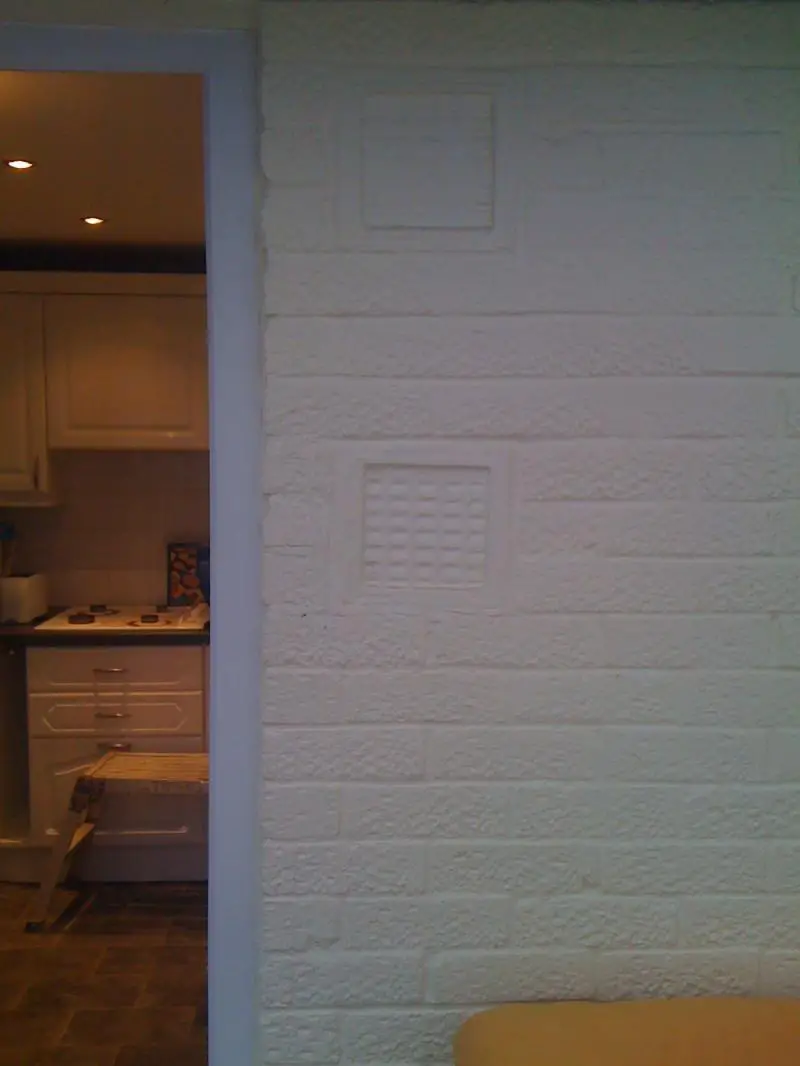M
Milo19
Hi there....this may be a very simple solution to my problem.
I have recently brought my first house, which is a staggered terraced property. The rear bedroom is the side of the house that has the external walls. The corner of the bedroom started to develop a small patch of mould, as did the ceiling in the same corner. The loft was insulated when I completed the purchase of it.
I've just moved the bed out away from the external wall to discover a LARGE amount of mould...Should I be worried about this or is a case of simply having the wall cavity insulated as well....which I always planned to do in the spring. I worried....someone help!
Regards Jim

I have recently brought my first house, which is a staggered terraced property. The rear bedroom is the side of the house that has the external walls. The corner of the bedroom started to develop a small patch of mould, as did the ceiling in the same corner. The loft was insulated when I completed the purchase of it.
I've just moved the bed out away from the external wall to discover a LARGE amount of mould...Should I be worried about this or is a case of simply having the wall cavity insulated as well....which I always planned to do in the spring. I worried....someone help!
Regards Jim


